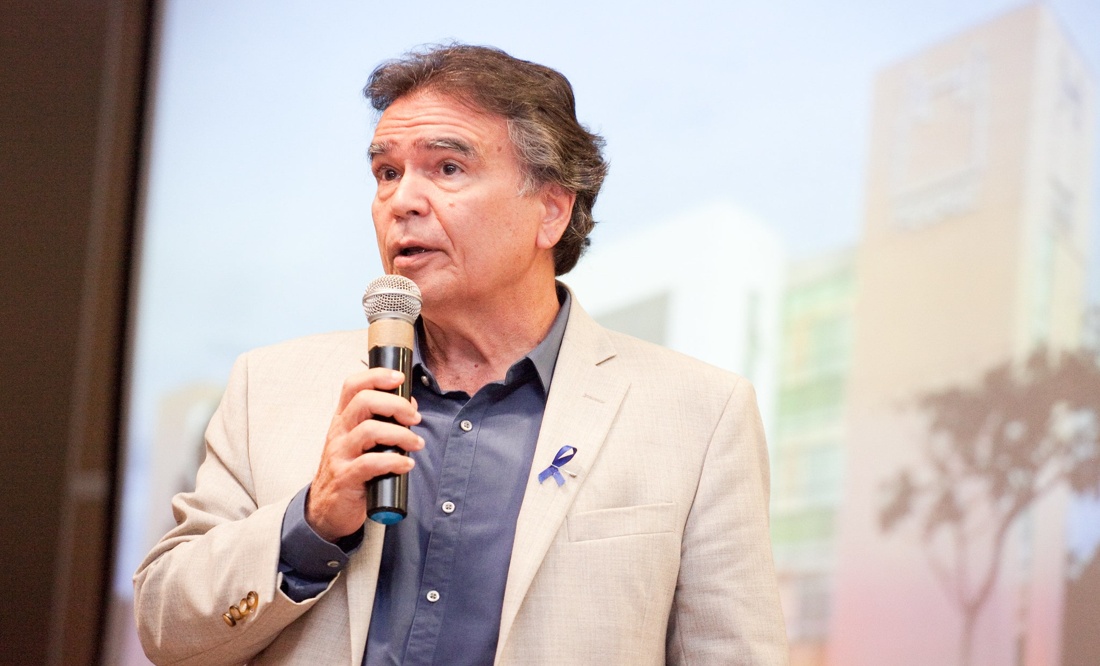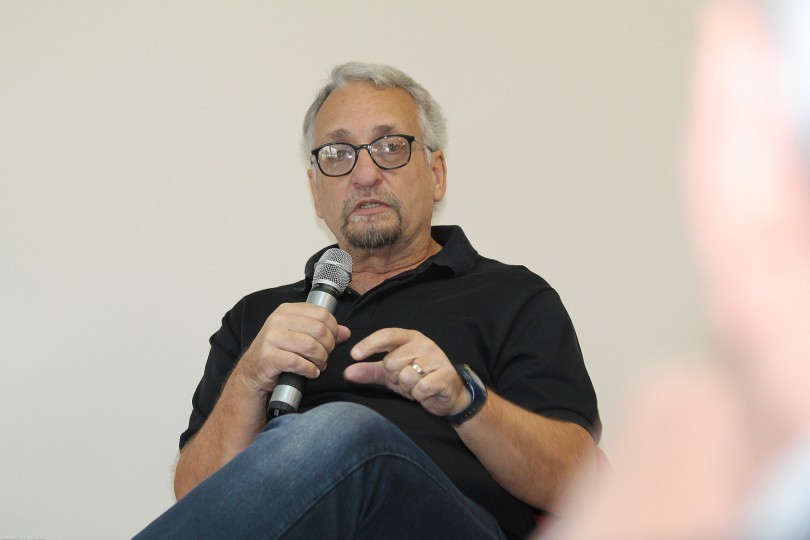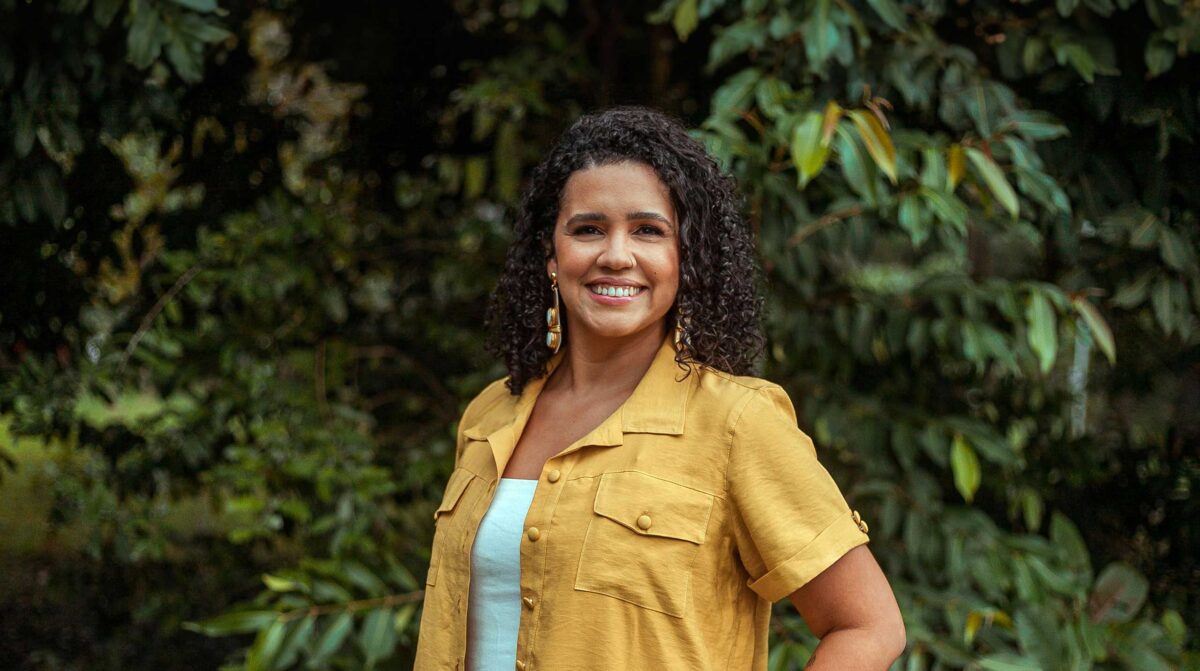 #Interviews
#Interviews
“Scientists may die of heart attacks, but not of boredom”
As the links between climate change, pollution, and health become clearer, there will be plenty of scope for scientific research, says Brazilian pathologist Paulo Saldiva
 According to USP’s Paulo Saldiva, tackling the challenges brought on by climate change and pollution requires integrated actions by communities and public policies | Image: Marcos Santos/USP Imagens
According to USP’s Paulo Saldiva, tackling the challenges brought on by climate change and pollution requires integrated actions by communities and public policies | Image: Marcos Santos/USP Imagens
The city of São Paulo faced an unprecedented crisis a little over a month ago, ranking among the cities with the worst air quality in the world by Swiss agency IQAir. This alarming scenario comes as no surprise to scientists who have been studying the effects of air pollution on human health for decades.
Paulo Saldiva, a pathologist at the University of São Paulo’s School of Medicine (FMUSP), points out that the harmful effects of air pollution have been known since the 1980s.
“We have observed high rates of hospitalization in Araraquara and Piracicaba, in the interior of São Paulo State, due to the toxic smoke from burning sugarcane, which is comparable to tobacco,” he says.
“Patients were coming to the hospital suffering from asthma attacks, pneumonia, and conjunctivitis,” says Saldiva, who sits on World Health Organization (WHO) committees responsible for setting air quality standards and defining the carcinogenic potential of air pollution.
The research led by Saldiva has been fundamental in identifying the carcinogenic compounds in air pollution.
“We detect mutations in oral mucosal cells and circulating lymphocytes, showing that smoke causes damage beyond the respiratory system,” he explains. With the advent of new technologies in the 2020s, including satellites and artificial intelligence, we have been able to conduct more precise studies on a regional and global scale.
Figures released by the WHO corroborate the gravity of the situation, linking the combined effects of environmental and household air pollution to 6.7 million premature deaths worldwide each year.
The organization also projects that, between 2030 and 2050, climate change could cause approximately 250,000 additional deaths per year.
Greenhouse gas emissions, mainly from extracting and burning fossil fuels, are identified as the main factors behind climate change and air pollution.
In an interview with Science Arena, Paulo Saldiva warned of the dangers inherent to the current wave of pollution caused by fires and highlighted the research opportunities emerging from this critical moment.
The current scenario in São Paulo serves as an urgent reminder of the need for effective public policies and global action against air pollution and climate change.
Science Arena – Will the health effects of climate change and air pollution become increasingly apparent?
Paulo Saldiva – Excessive heat, low humidity, and pollution are all predisposing factors. São Paulo has increased its pollution levels. In the last decade, we have gone back 50 years. In the case of industrial or vehicular pollution, we can order the cessation or suspension of activities.
But with fire, we can’t mandate anything. As cities grow, they encroach on the forests. There’s a promiscuity between fire and smoke.
I have been studying the impact of pollution on health for almost 50 years and I’ve never seen a moment like this in my life.
Is excessive particulate matter the result of a multifactorial condition? How can it be prevented?
The causes are local and regional climate change due to land use and settlement. We have heat islands. In other words, the effect of heat and humidity is also heterogeneous across neighborhoods. There are neighborhoods that are concrete deserts, with no space to plant trees. In these cases, the strategy may lie in so-called green roofs.
For example, we don’t even have a walkway along which to plant trees in the poorest communities. It is up to us to give health advice. If you can, stay at home. If you go out, wear an N95 mask.
The healthcare system needs to advise people on the role of hydration, including moistening the oral mucosa and eyes. Inhalers are also recommended. Use a damp cloth when cleaning the house.
Some dehydrated babies and children may have dark urine, which is a warning sign. The elderly may lose the subjective feeling of thirst or have difficulty expressing it, depending on their clinical condition. In addition, people with chronic conditions such as asthma, high blood pressure, or heart failure may need to be more vigilant.
What is your vision for the future?
Air quality standards are completely outdated for human health. We have some of the most lenient standards in Latin America. It is up to the government, first and foremost, to show that this is not a good thing and to use the law to change it. And it is not sufficient for cities alone to implement vehicular restrictions. Cities must work together in an integrated way. One example of this would be addressing the water basin. Water belongs to everyone.
There is also a need for uniformity in protection systems, such as those used in the pulp industry, which are more sophisticated. Smoke observation towers with balloons that enter forests to extinguish fires. And tractors that isolate burnt areas so the fire doesn’t spread.
There are ways to mitigate damage and most of the strategies require action led by the federal government.
The good news is that we are openly discussing nature. Nature is teaching us very important lessons.
There will also be a new generation of consumers and voters who will opt for sustainability. And there will be no shortage of research. Scientists may die of heart attacks, but not of boredom.
What are the challenges and advantages of conducting research with an interdisciplinary team, involving scientists from Brazil and other countries?
In a research group, it’s important to have people from the climate sciences, atmospheric chemists, modelers, professionals with a vision for public policy management. An example of the importance of science is the abolition of sugarcane burning, a practice that began in Brazil in the 1500s.
Collaboration between countries is also very important. Although what works in Stockholm doesn’t necessary apply in Capão Redondo [on the outskirts of São Paulo], we can learn from different experiences.
Unfortunately, there is no shortage of epidemiological data. In the state of São Paulo, it’s as if we had 44 million people placed in a smoke-filled chamber, with reduced humidity, and increased temperatures, to see how many fall ill.
*
This article may be republished online under the CC-BY-NC-ND Creative Commons license.
The text must not be edited and the author(s) and source (Science Arena) must be credited.


